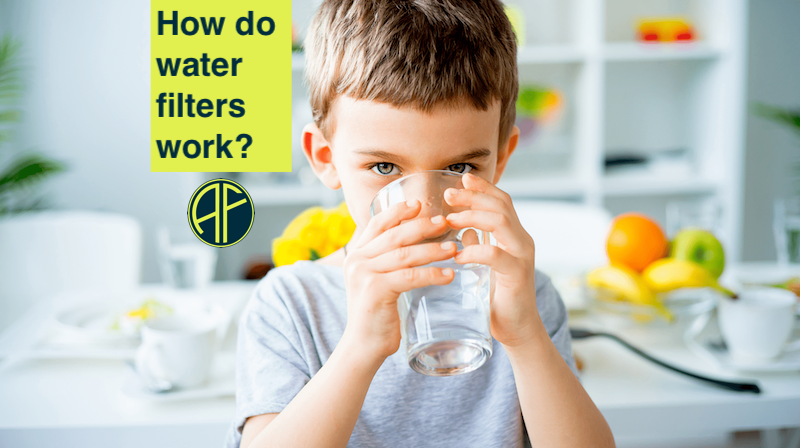Water filtration is a vital process that ensures the purity and safety of our drinking water. Have you ever wondered how those filters actually work to deliver clean, refreshing water straight from your tap? Let's delve into the fascinating science behind water filtration systems and understand the mechanisms that make them effective in purifying our water supply.
Understanding the Basics: At its core, water filtration is the process of removing impurities and contaminants from water to make it safe for consumption. Water filters employ various physical, chemical, and biological mechanisms to achieve this goal, depending on the type of contaminants present and the specific filtration system being used.
Physical Filtration: One of the primary methods used in water filtration is physical filtration. This involves passing water through a physical barrier or medium that traps particles and impurities. Common physical filtration media include activated carbon, ceramic filters, and sediment filters.
Activated carbon filters, for example, contain millions of tiny pores that adsorb contaminants such as chlorine, volatile organic compounds (VOCs), and heavy metals. As water flows through the filter, these impurities adhere to the carbon surface, leaving behind cleaner, better-tasting water.
Ceramic filters, on the other hand, utilize porous ceramic material to trap bacteria, sediment, and other larger particles. The fine pores in the ceramic matrix effectively remove impurities while allowing clean water to pass through.
Chemical Filtration: Chemical filtration involves the use of chemical agents or processes to neutralize or remove contaminants from water. Chlorine, ozone, and ultraviolet (UV) light are commonly used in chemical filtration systems to disinfect water and eliminate harmful microorganisms.
Chlorine, for instance, is added to many municipal water supplies to kill bacteria and prevent the spread of waterborne diseases. However, excessive chlorine levels can affect the taste and odor of water. Chlorine filters remove chlorine and its by-products, ensuring water that is both safe and pleasant to drink.
Biological Filtration: Biological filtration harnesses the power of beneficial microorganisms to break down organic matter and remove pollutants from water. Biological filters, such as bio-sand filters and biological activated carbon filters, create an environment where bacteria and other microorganisms can thrive and effectively degrade contaminants.
Bio-sand filters, commonly used in developing countries, consist of layers of sand and gravel that encourage the growth of helpful bacteria. These bacteria consume organic matter and pathogens, resulting in cleaner, safer water for drinking and cooking.
Water filtration is a multifaceted process that relies on a combination of physical, chemical, and biological mechanisms to remove impurities and ensure the safety of our drinking water. By understanding how filters work and the science behind their effectiveness, we can make informed choices about the filtration systems we use to protect our health and well-being. Clean water is essential for life, and water filtration plays a critical role in providing us with the pure, refreshing water we need to thrive.

